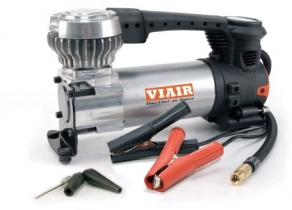-
Welcome to Tacoma World!
You are currently viewing as a guest! To get full-access, you need to register for a FREE account.
As a registered member, you’ll be able to:- Participate in all Tacoma discussion topics
- Communicate privately with other Tacoma owners from around the world
- Post your own photos in our Members Gallery
- Access all special features of the site
Sidewall Thickness - Question
Discussion in 'Wheels & Tires' started by npe1cbs, Oct 9, 2011.


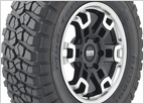 Check this out!!! Mud-Terrain T/A KM
Check this out!!! Mud-Terrain T/A KM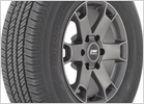 Stock Tacoma tires impossible to get?
Stock Tacoma tires impossible to get?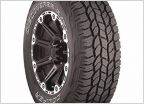 Cooper AT/3s on 2013 TRD Sport DCSB
Cooper AT/3s on 2013 TRD Sport DCSB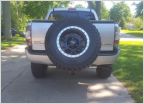 Hitch Mounted Tire Carrier
Hitch Mounted Tire Carrier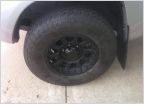 New Pro Comp 7032 flat black wheels today
New Pro Comp 7032 flat black wheels today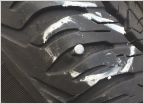 Repairable as a spare?
Repairable as a spare?